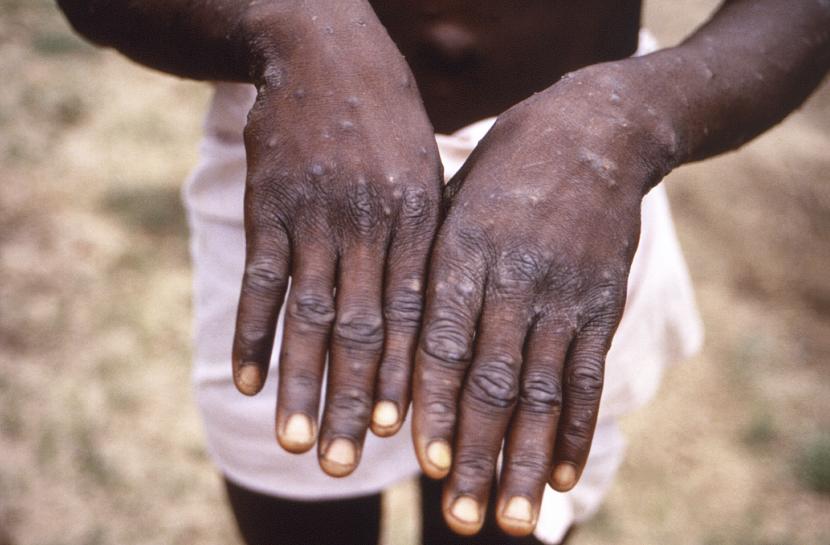London researchers have been predicting monkeypox in advance since 1988.
REPUBLIKA.CO.ID, JAKARTA — In 1988, a group of researchers in London had given predictions and warnings about monkeypox. Plague monkey pox what is happening now seems to prove that the prediction is correct.
“The average size and duration of monkeypox epidemics will increase,” the research team wrote NPR, Tuesday (31/5/2022).
At that time, monkeypox was a very rare disease. Even in West and Central Africa, health workers detect only a few cases of monkeypox a year.
Monkeypox patients at that time only contracted the disease through infected mice or primates. Furthermore, the patient transmits the virus to a few people. Transmission between humans is very limited.
Even so, the researchers assessed that the case of monkeypox, which was still sporadic at that time, would develop geographically, both in terms of number and extent of distribution. All scientific reports on monkeypox from various past outbreaks also always include a warning about the importance of preparing for more outbreaks in the future.
“This prediction has been proven correct,” said Boghuma Titanji, an infectious disease specialist from Emory University.
To illustrate, in the 1990s, only about 50 cases per year were found in Central and West Africa. About 20 years later, in 2020, there were more than 5,000 reported cases of monkeypox.
Now, in 2022, the world is again faced with an epidemic of monkeypox. So far, there have been more than 450 cases reported by about 20 countries.
Many scientists believe there are many more cases of monkeypox currently occurring but going undetected. The monkeypox virus is also predicted to spread among people who have not previously been affected by the virus.
According to an epidemiologist from the University of California Anne Rimoin, the current situation is also influenced by the achievement of eradication smallpox (smallpox). In contrast to chickenpox, smallpox or smallpox is caused by the variola virus.
As is known, smallpox is one of the deadliest diseases in human history. In addition to being highly contagious, the variola virus has a mortality rate of about 30 percent in infected people. In comparison, the monkeypox virus only causes less than 1 percent of deaths in people exposed to monkeypox.
“So monkeypox, in all its iterations, is much lighter than smallpox,” said Rimoin.
Through a massive vaccination campaign, the world successfully eradicated smallpox in 1980. This success saves millions of lives every year and is considered one of the greatest achievements in the field of public health.
However, Rimoin said the eradication of smallpox opened the door for monkeypox to “stick out” to the surface. The reason is that the viruses that cause smallpox and monkeypox come from the same virus family. A history of smallpox infection or the smallpox vaccine provides good protection against smallpox as well as monkeypox.
According to studies, this protection reaches about 85 percent. In other words, smallpox protection provides cross-protection against monkeypox.
In the late 1970s, the world began to discontinue smallpox vaccine programs. Because most people have received protection from a history of natural infections and vaccines, cases of smallpox are no longer found.
However, in the past forty years, immunity to smallpox and monkeypox has decreased because people no longer get the smallpox vaccine or get smallpox. Older people who have been vaccinated or exposed to smallpox are also mostly old.
As a result, the current world population has very low immunity to monkeypox. Even today the world’s population is at a point where they have the lowest immunity to monkeypox.
Given that immunity in the population is unlikely to increase in the near future, the current outbreak of monkeypox is predicted to increase in number over time. Giving vaccines to people who have close contact with patients is considered to be able to help health authorities prevent the rapid spread of monkeypox.
“We want to prevent monkeypox from settling like (in Nigeria or the Democratic Republic of the Congo) in other countries,” explained Rimoin.


